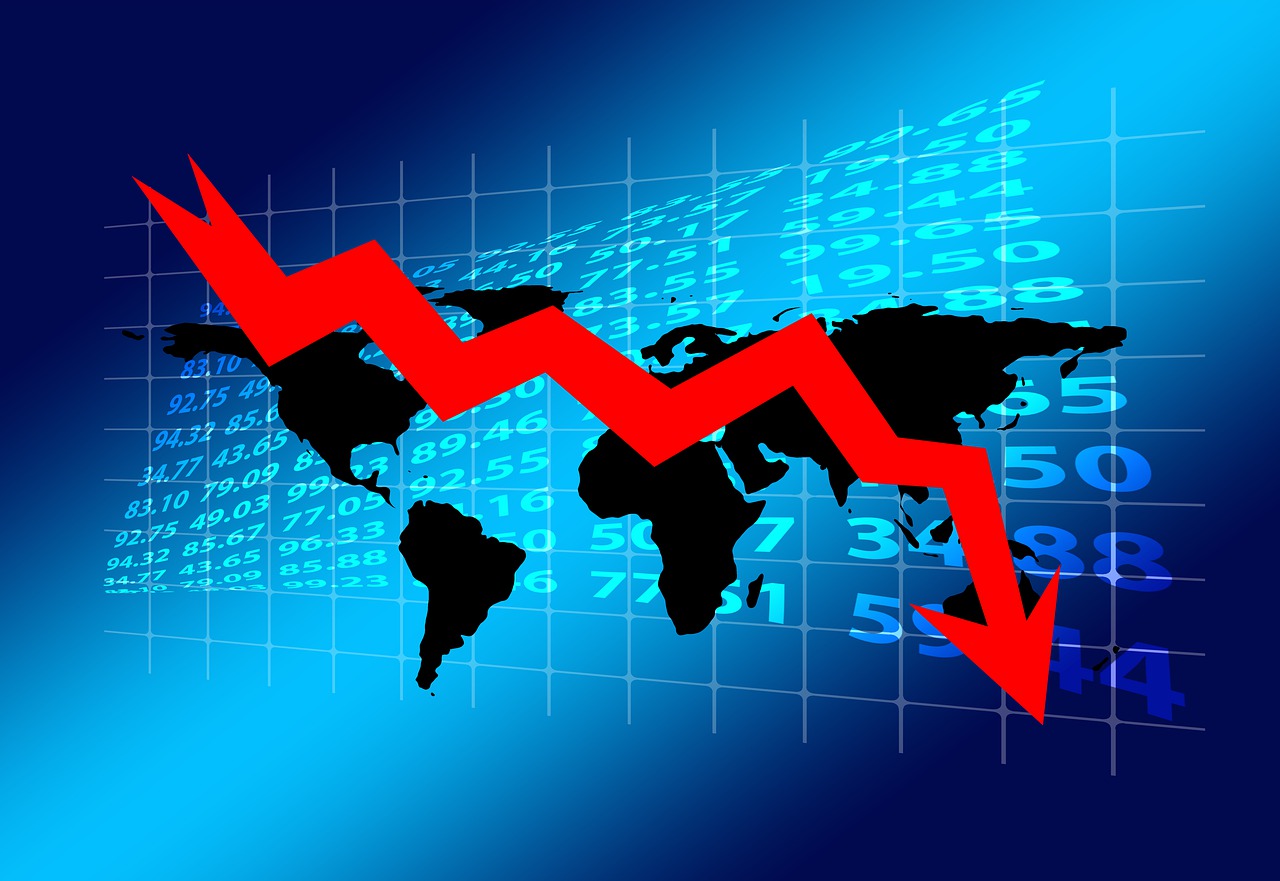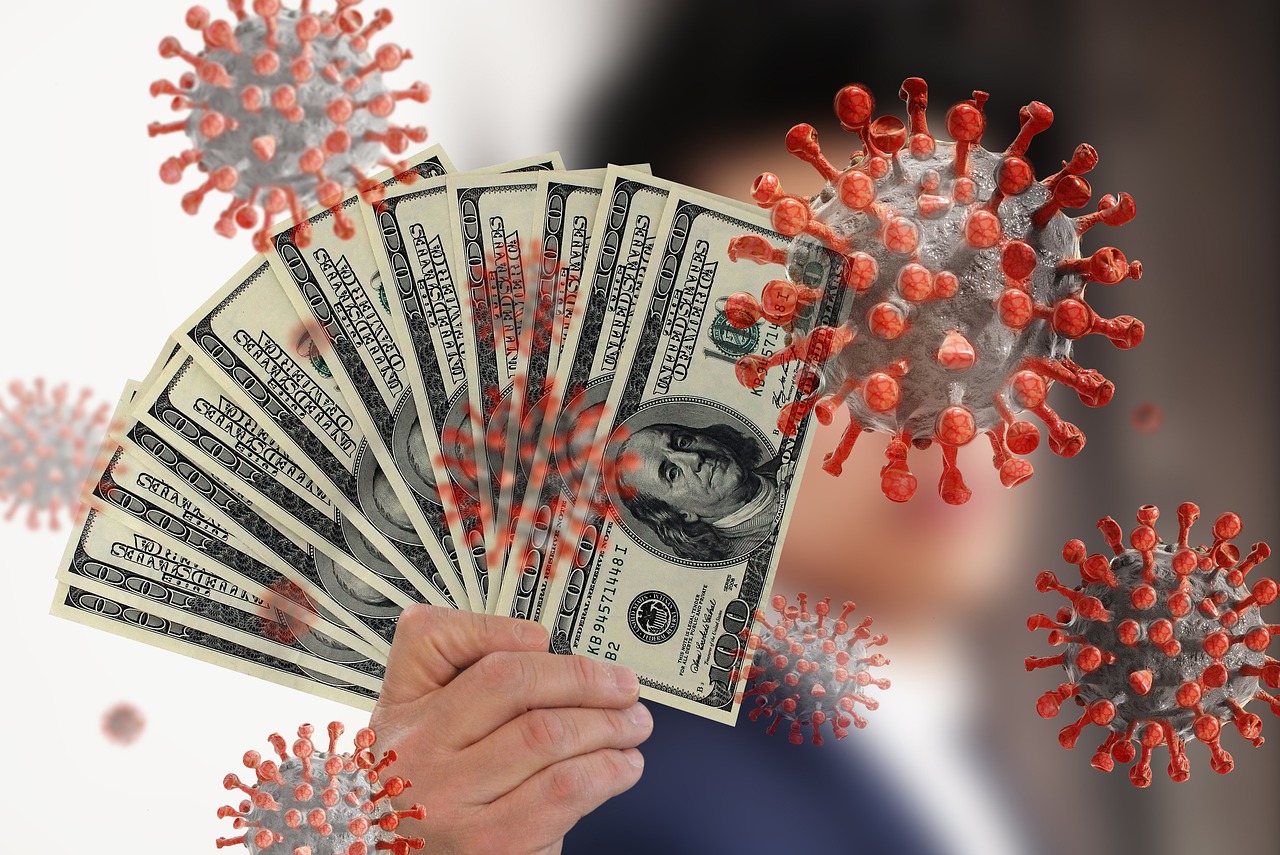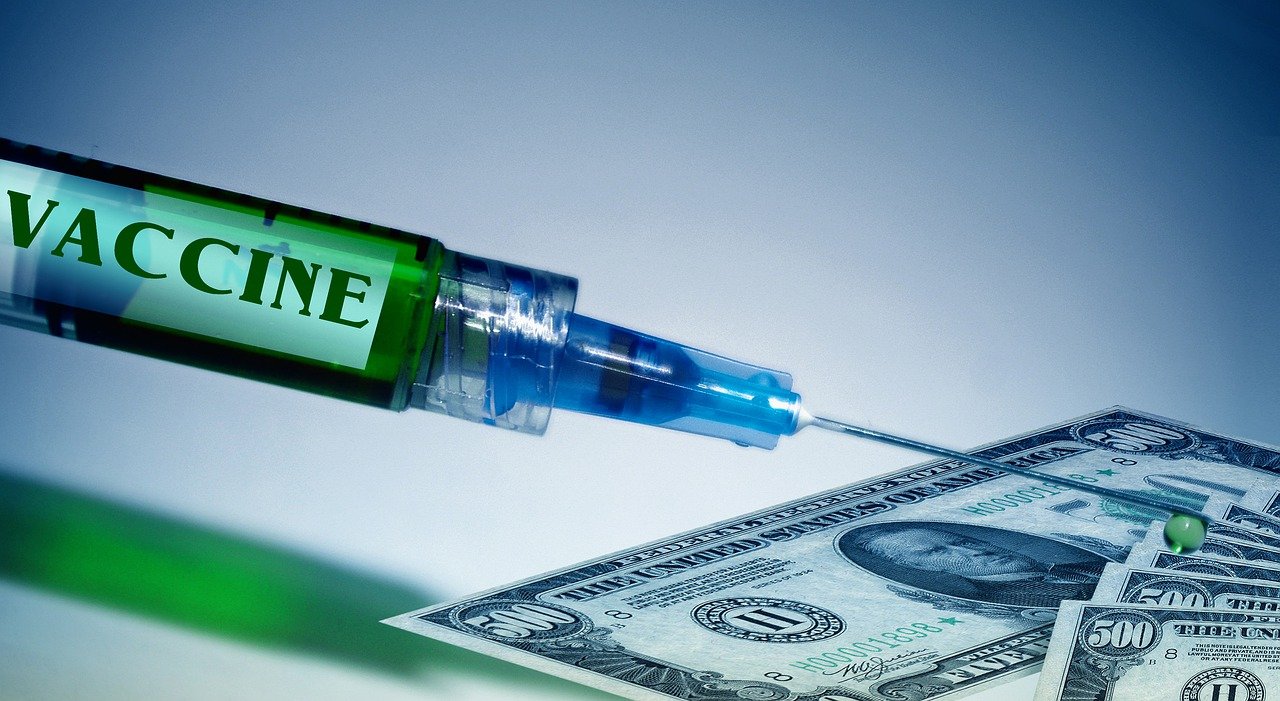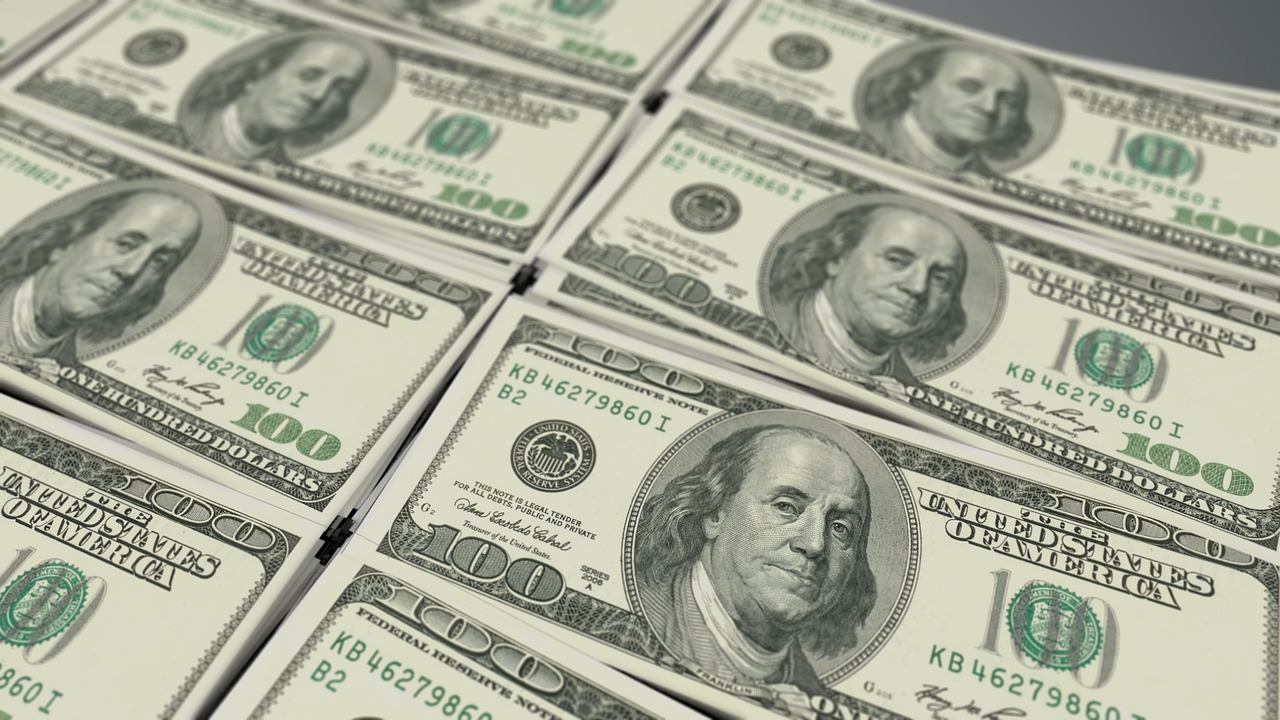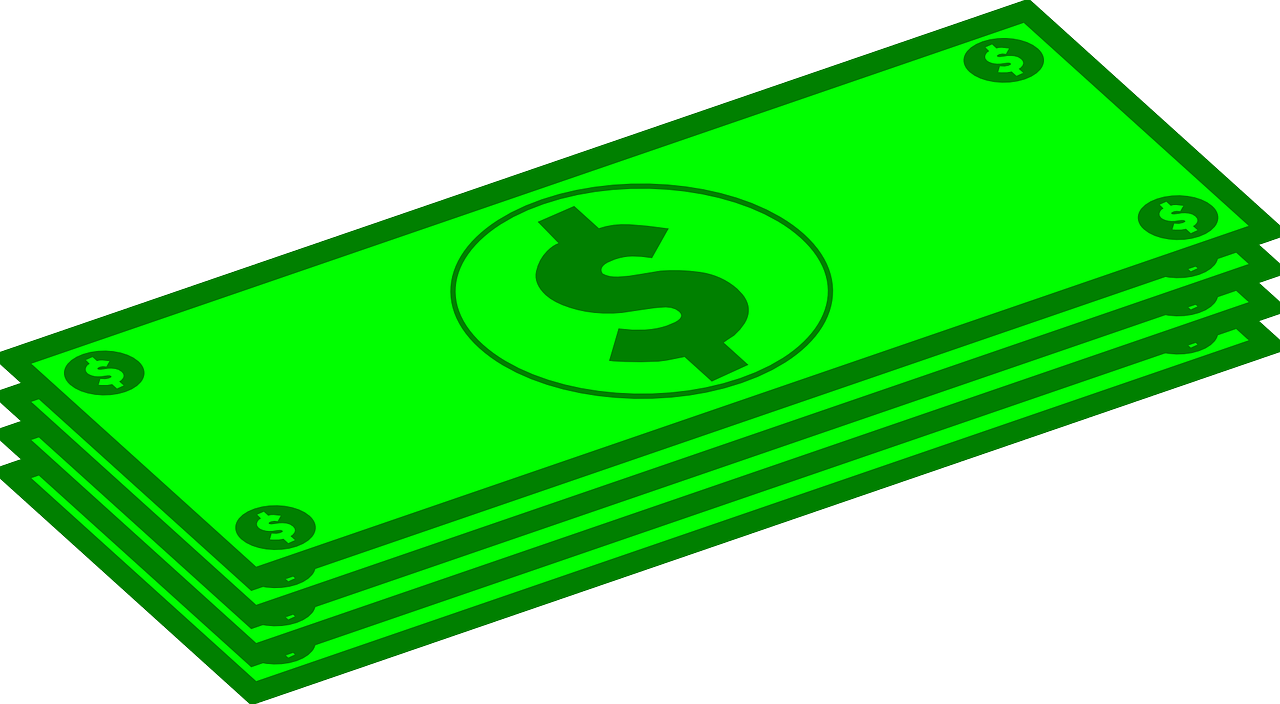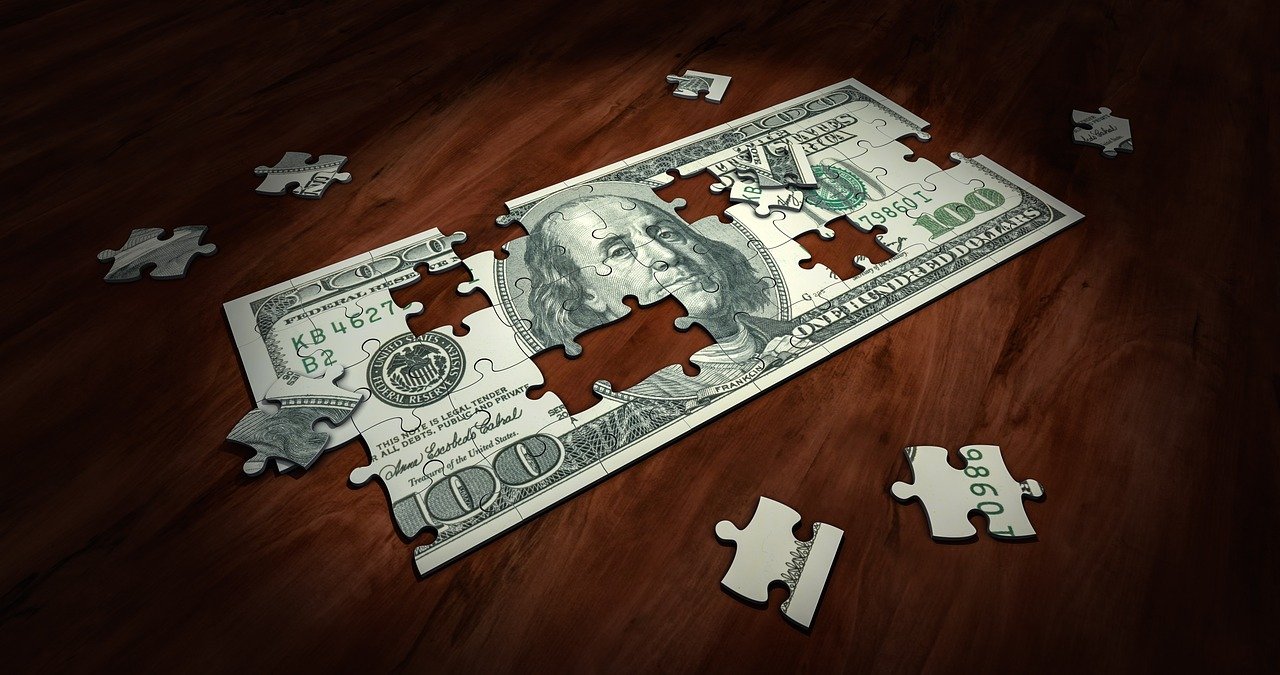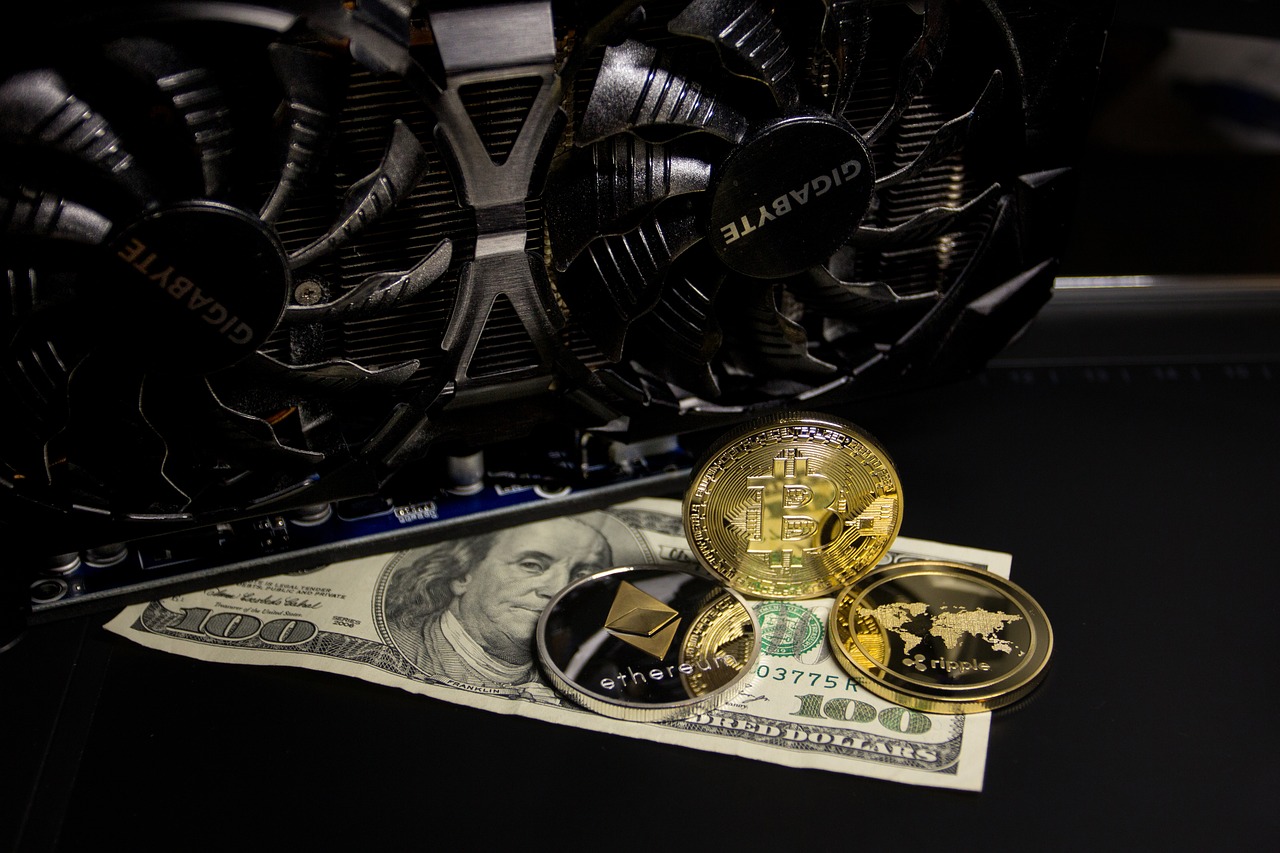Dollar Goes up As COVID-19 Cases Rise

On Thursday, the dollar strengthened as the euphoria about the potential coronavirus vaccines ran into worries about the surging infection numbers and risks to the already-fragile recovery in the global economy. In addition, the US dollar appeared to be caught between two opposing forces, as it was supported by a safety bit, but new speculation regarding monetary easing from the Federal Reserve for boosting the economy also held it back in some ways. There was a 0.2% decline in the euro/dollar and it was last trading at $1.1833. Plans of introducing a fiscal stimulus have moved to the side, as President Donald Trump has refused to concede electoral defeat, which has consumed the attention of the lawmakers.
Therefore, there is increasing speculation that the Federal Reserve may end up loosening the monetary policy even further in December. On Wednesday, two top Fed officials did talk about the option of doing more, and there has also been a rally in Treasuries in anticipation of the Fed possibly expanding their bond buying plans. An index that keeps track of the dollar against a basket of other major currencies remained flat at 92.55, which made it close to the weakest it had been since August. Still, the Australian dollar and the Scandinavian currencies, which had benefitted from the decline of the US dollar, also lost their strength.
There was a 0.3% decline in the Norwegian crown, both against the euro and the US dollar, at 10.7165 and 9.0535, respectively. There was also a slip in the Swedish crown by the same extent, as opposed to both the currencies, while there was a 0.4% slump in the Aussie dollar at 0.7278. According to analysts, the market participants are heavily confused because they don’t know where they should place more emphasis, whether to focus on the surge in infections due to the pandemic, or the positive headlines about the vaccines.
Some investors had chosen to stick to their guns because even if there was a decline in risk-related assets, it would probably stay limited. They believe that these movements will just be broader corrections in the upward trend that are expected to resume eventually. There was a 0.2% decline in the safe-haven yen against the greenback, as it reached 103.96, after having gained 1.6% last week after Pfizer’s announcement of a promising clinical trial results on their COVID-19 vaccine. On Thursday, investors will be keeping a close eye on US job figures, as they are a key factor ahead of the next moves by the Fed.
Apart from that, Christine Lagarde, the President of the European Central Bank, is also expected to make an appearance at 1000 GMT in Frankfurt at a European Parliament Committee. Elsewhere, there was a 0.4% decline in Sterling to $1.3210 and at 89.53 pence, a 0.2% decline against the euro. This happened after it was reported that European leaders are planning to urge the European Commission to publish their no-deal plans as the Brexit year-end deadline approaches.


